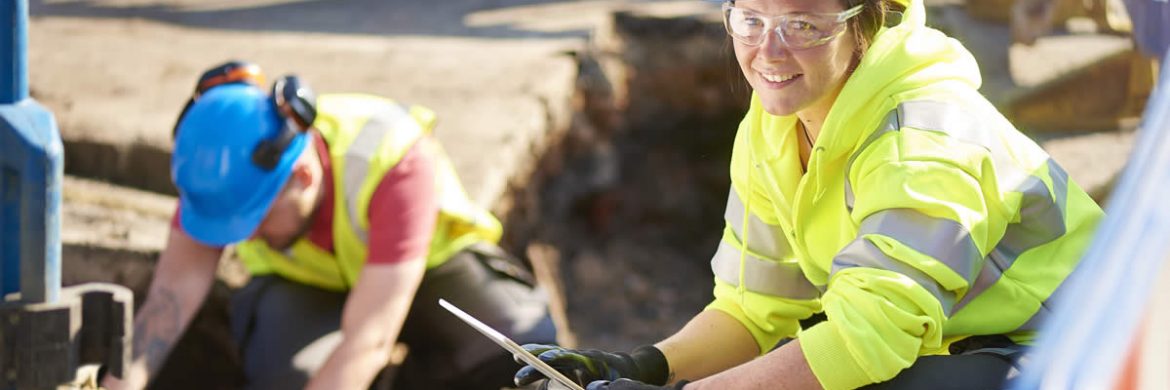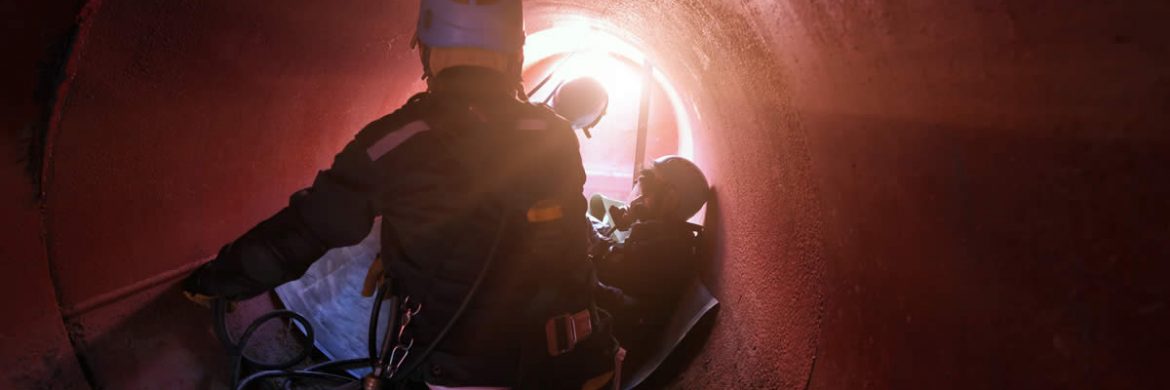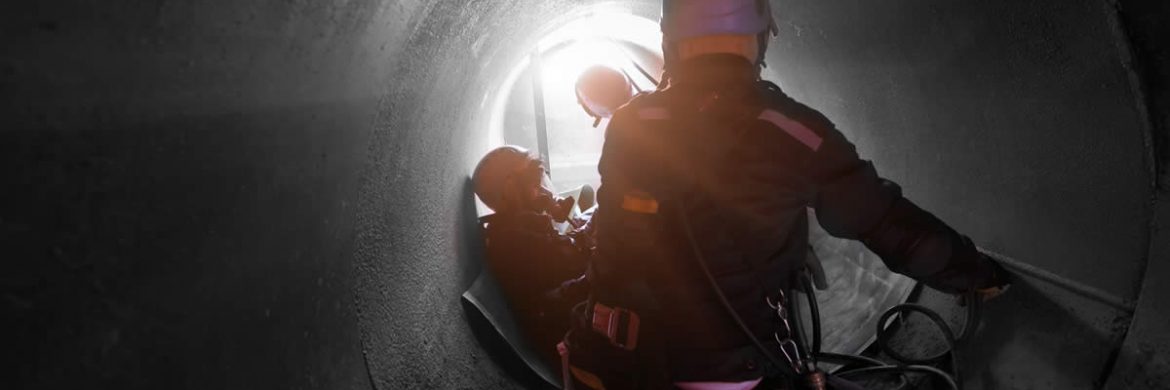Common questions related to PAT Testing
We spoke to one of our experienced electrical trainers and asked him to answer some common questions around PAT Testing. We’ve also included some of our most frequently asked questions and answers – here are the results:
Is In-Service Testing and Inspection of Electrical Equipment a legal requirement?
Yes, it is covered under the Electricity at Work Regulations 1989 and the Provision and Use of Equipment Regulations to name the two 2 most important pieces of Legislation.
What appliances need testing?
The only appliances that don’t need testing are Medical Equipment which comes under different regulations. Everything else at work should be included in a maintenance regime.
How often should equipment be tested?
This should be done on a risk assessment basis. The 4th Code of Practice had a table which suggested initial frequencies. The 5th code of practice contains an example.
Should power leads be tested separately?
If the appliances have IEC or detachable leads these should be tested separately from the equipment because they could be used on another item.
Does 110v equipment require testing?
Yes it does and any associated transformers. This type of equipment is generally tested most often due to the environment in which it is used.
How long does the City and Guilds 2377-77 certificate last?
There is no end date on the qualification although it is good practice to keep yourself up to date when the Code of Practice changes.
You can find out more about the training course, prices and available dates here.
What does the In-service Inspection and Testing of Electrical Equipment (PAT Testing) training course cover?
Develop’s training is a City & Guilds accredited course for practicing electricians who complete testing of electrical equipment/portable appliances, or who are involved in the management of such safety inspections.
Delegates will leave with a greater understanding of the legislation and be able to comply with it. They will also be able to produce better documentation, enforce safe working procedures and have better communication with colleagues.
Learners will specifically learn:
- Requirements of statutory regulation/legislation.
- Class I, II and III appliances.
- Fuse rating and visual inspection of cables and connections.
- Testing of appliances, Earth Bonding, Insulation Resistance, Earth Leakage.
- Labelling and retention of records.
This course incorporates assessment and certification under the City and Guilds 2377-77 scheme; the Level 3 Certificate for the Inspection and Testing of Electrical Equipment.
How would the change of tenant requirement work within self-catering holiday accommodation?
Equipment in rented accommodation must be kept in a safe condition. Each time a new tenancy is arranged the equipment should be checked.
You will still periodically inspect and test within the risk assessment. Then during the preparation for the next tenant have the cleaners check that the equipment is visually safe. For example, if they saw bare wires on a table lamp they should inform the appropriate personnel. I would also recommend downloading the poster from the IET to show to the cleaners so they know what they should be looking out for.
Does this mean that the previous inspection regimes are now out and the system is to be based on risk assessments?
Yes, but part of the previous regime was you had an amount of time between the tests. If you found equipment was being damaged this would have been decreased. If it had tested okay for years you could increase. The table in the fourth edition was initially for guidance.
I am a landlord of a number of properties, what do I need to be doing moving forward?
Whilst the legislation does not affect the guidance given in the COP, private landlords are encouraged to familiarise themselves with the requirements of the legislation and its impact on electrical equipment in the rented sector.
What maintenance regime should a hand dryer in a toilet be included under?
It can be done under In-service Inspection and Testing of Electrical Equipment or under the fixed Installation Inspection. As the duty holder it is your decision which one it should come under.
How often would we have to inspect a hand held grinder on a building site?
The Code of Practice no longer has a recommended periodicity so you will have to perform a risk assessment and decide.
Can my handyman be trained to undertake In-service and Inspection of Electrical Equipment?
Anybody can take this course. City and Guilds recommend it is for “experienced electricians” but it depends on the persons level of competence and also what equipment they will be using on site.
What is the best equipment to carry out the tests?
This again depends on your staff level of competence. You can use everything for a low ohm/insulation resistance tester to a simple stop/go machine all the way up to a really complex machine that will give you values that the operator has to interpret.




 Stuart Gilby, Operational Training Manager for Estates and Facilities Management at Develop Training, discusses the growing importance of Electric Vehicle Charging Installation for the UK workforce.
Stuart Gilby, Operational Training Manager for Estates and Facilities Management at Develop Training, discusses the growing importance of Electric Vehicle Charging Installation for the UK workforce.

 Matthew Gray, Head of Operations and Training at Develop Training, discusses the growing importance of Continuing Professional Development in the workplace.
Matthew Gray, Head of Operations and Training at Develop Training, discusses the growing importance of Continuing Professional Development in the workplace.














